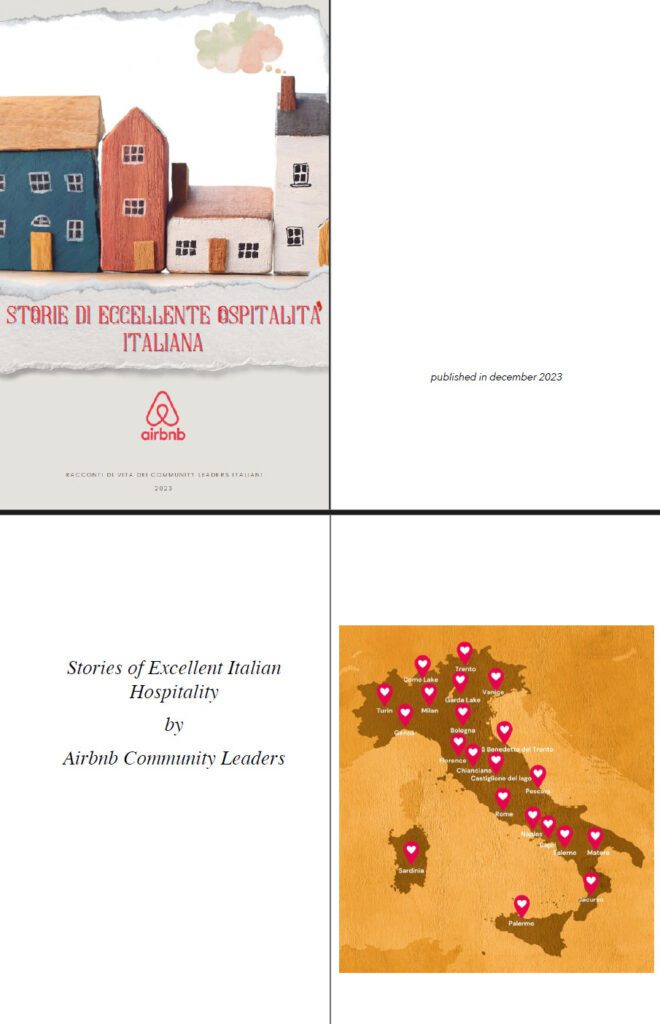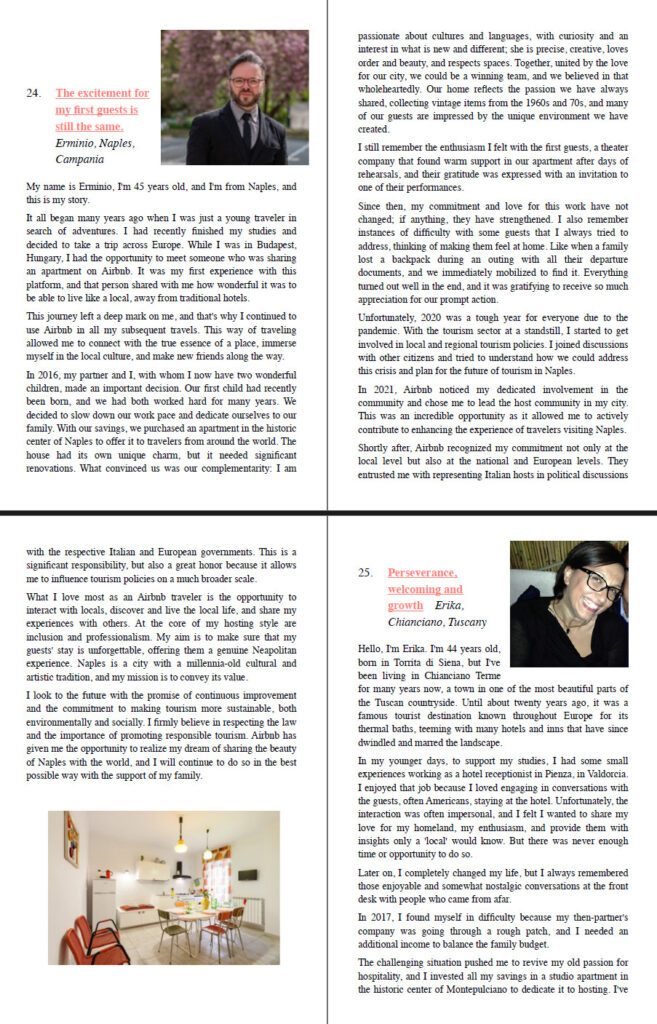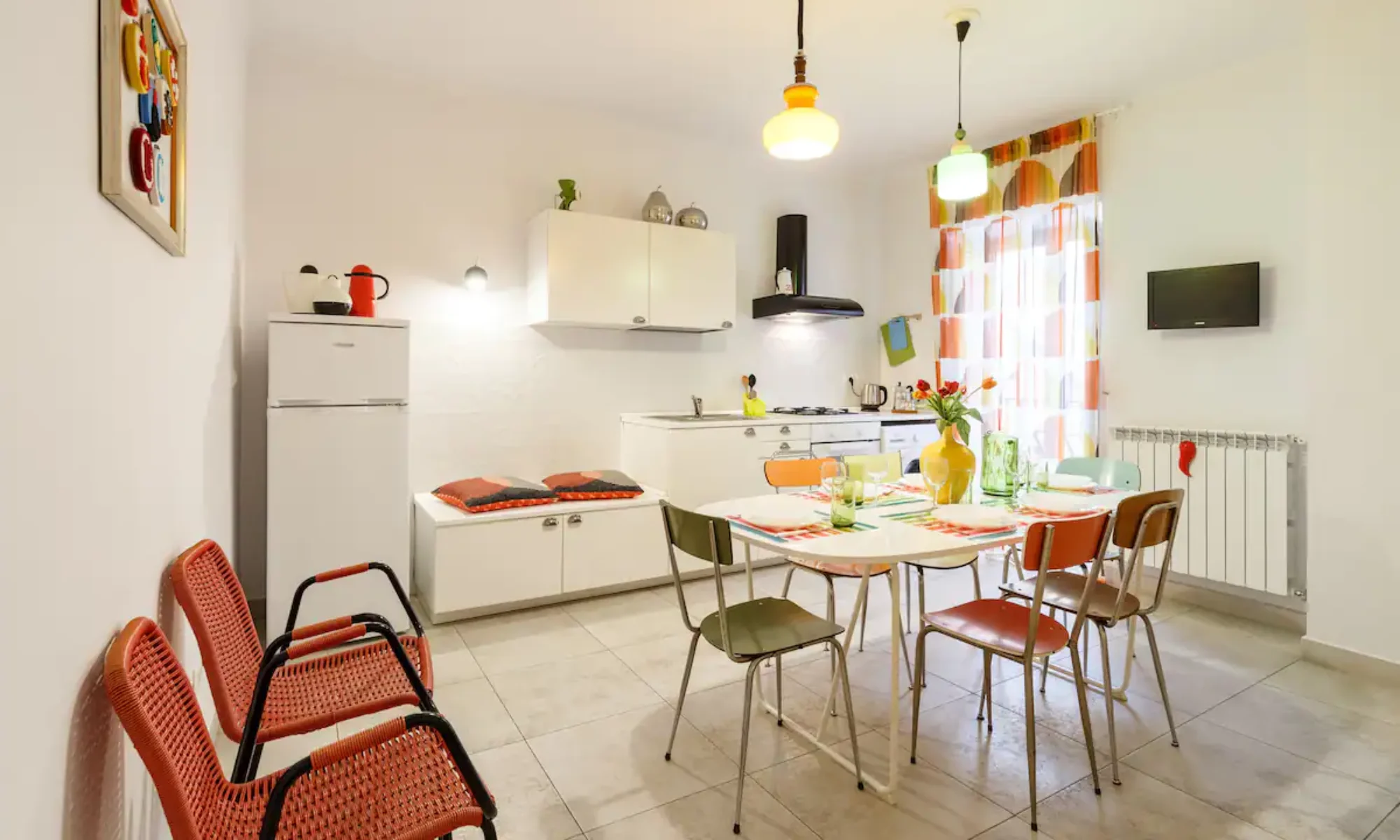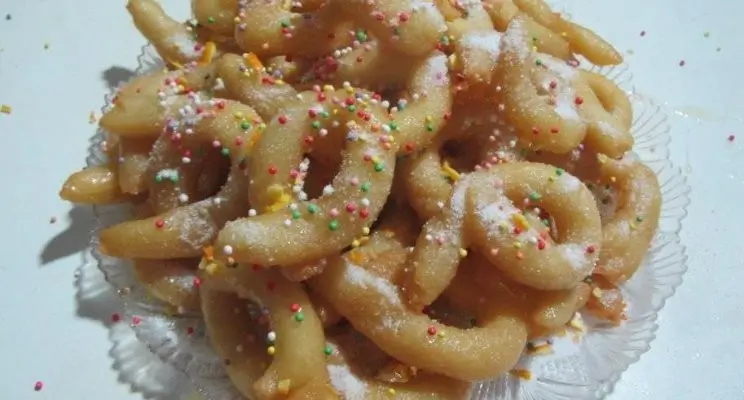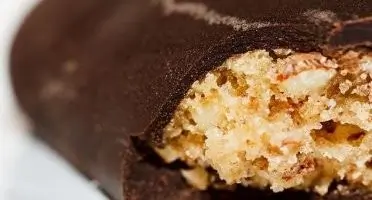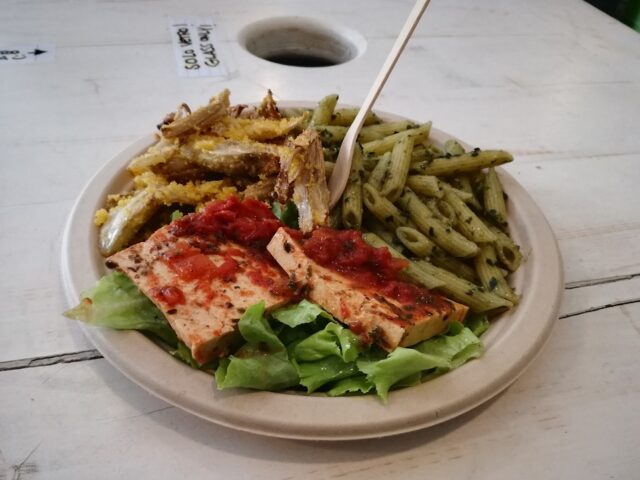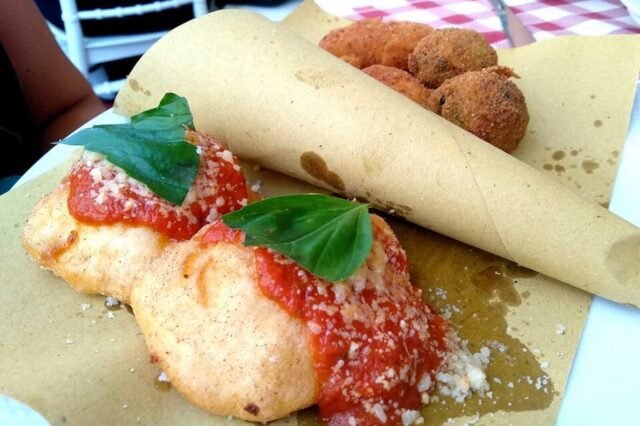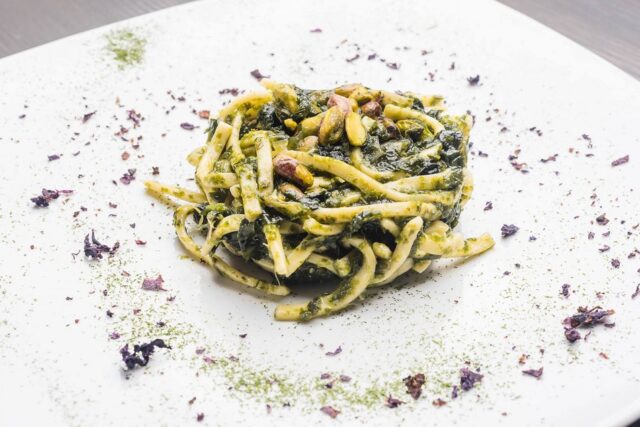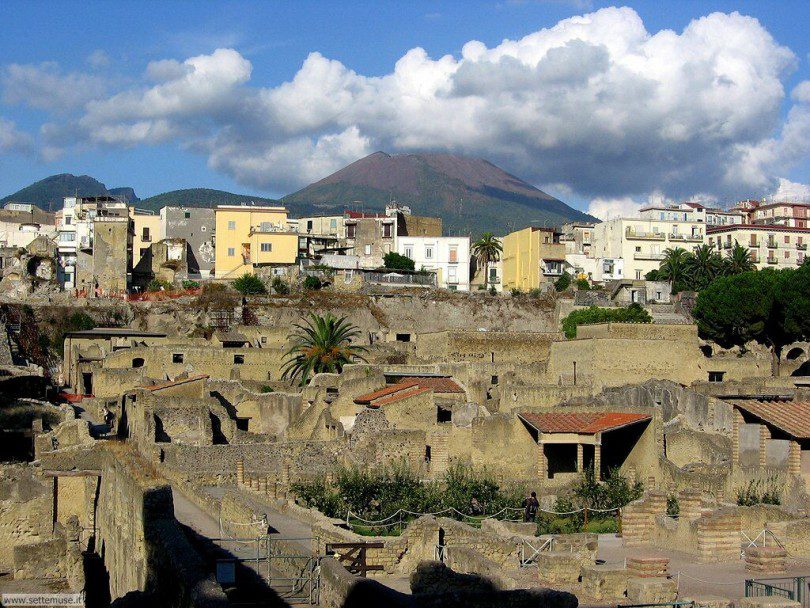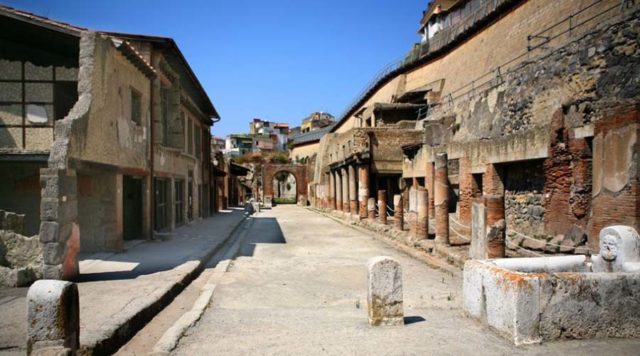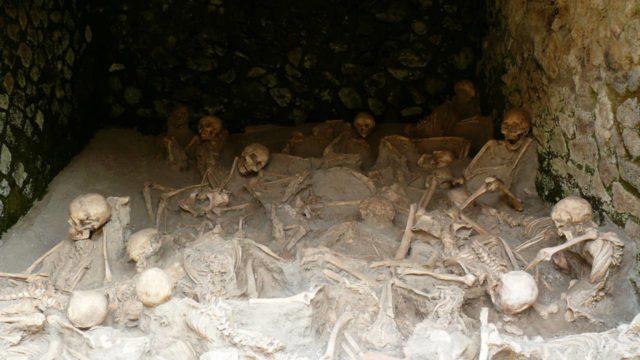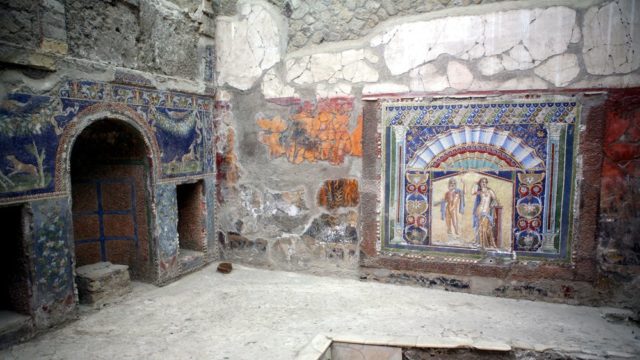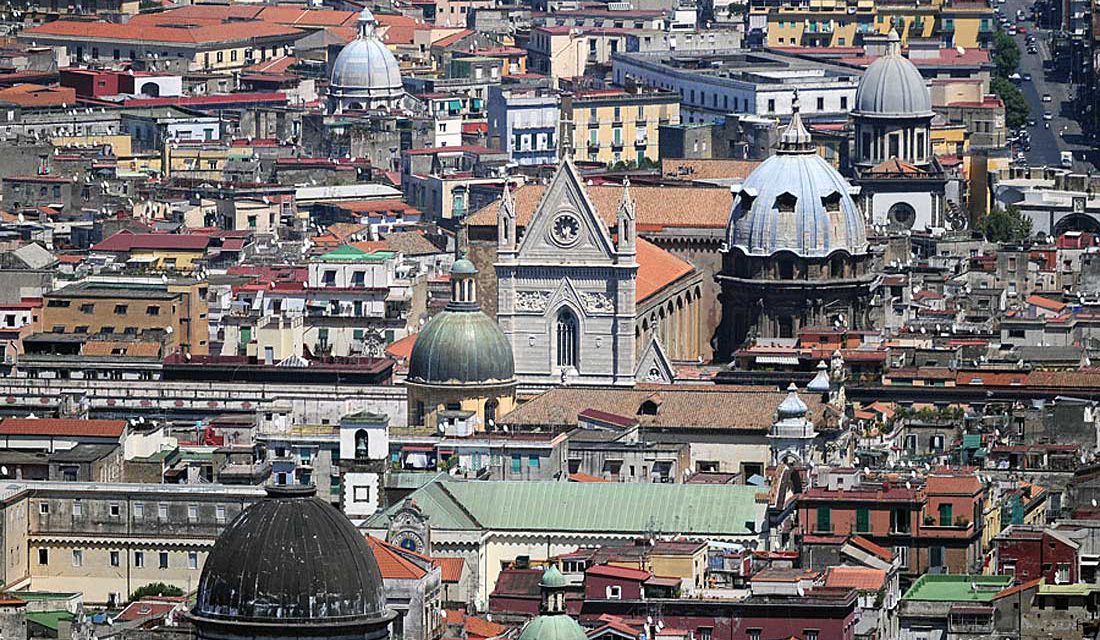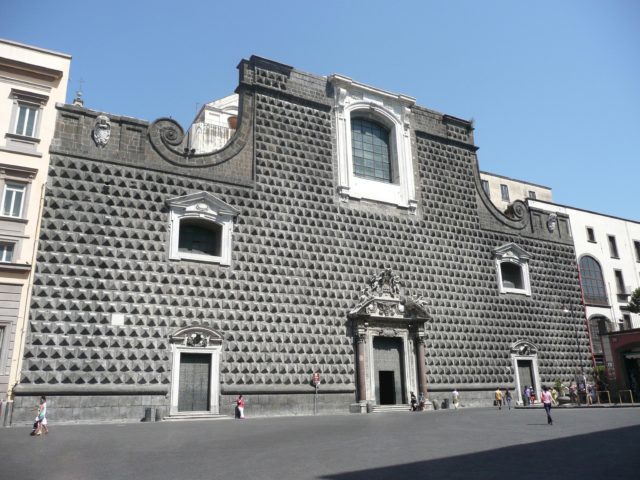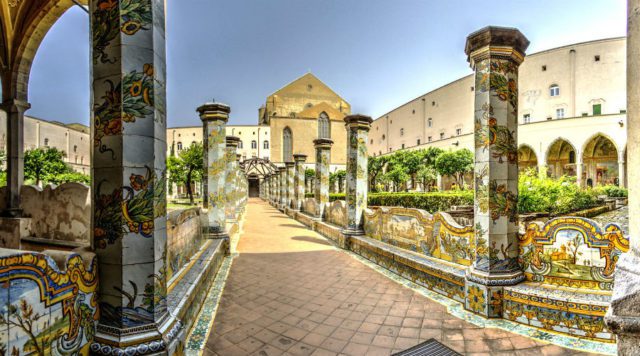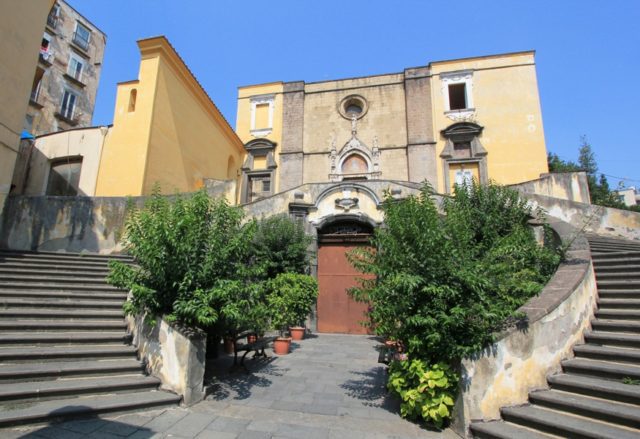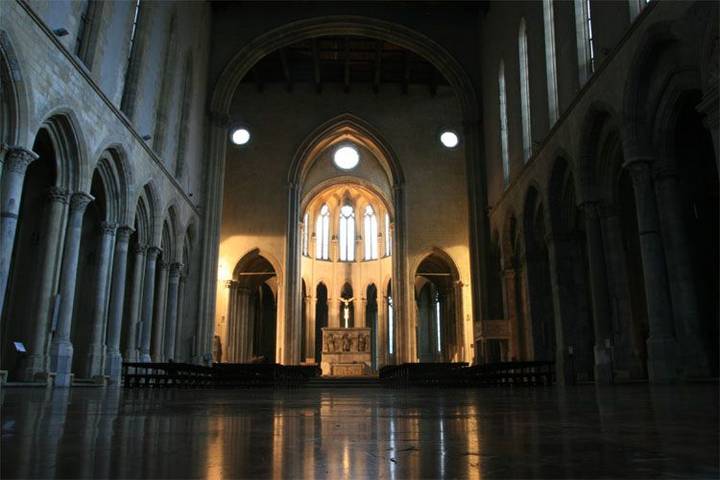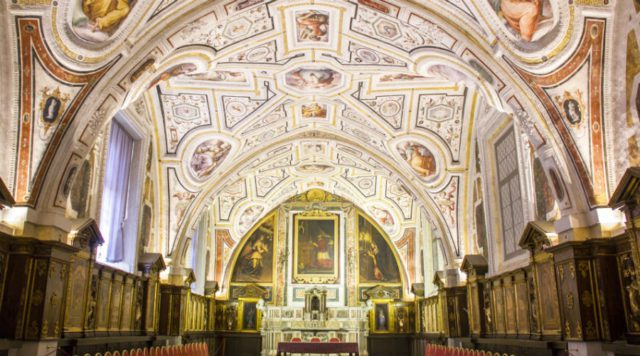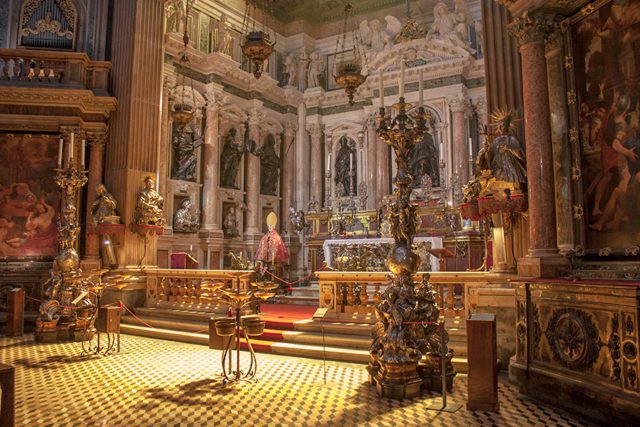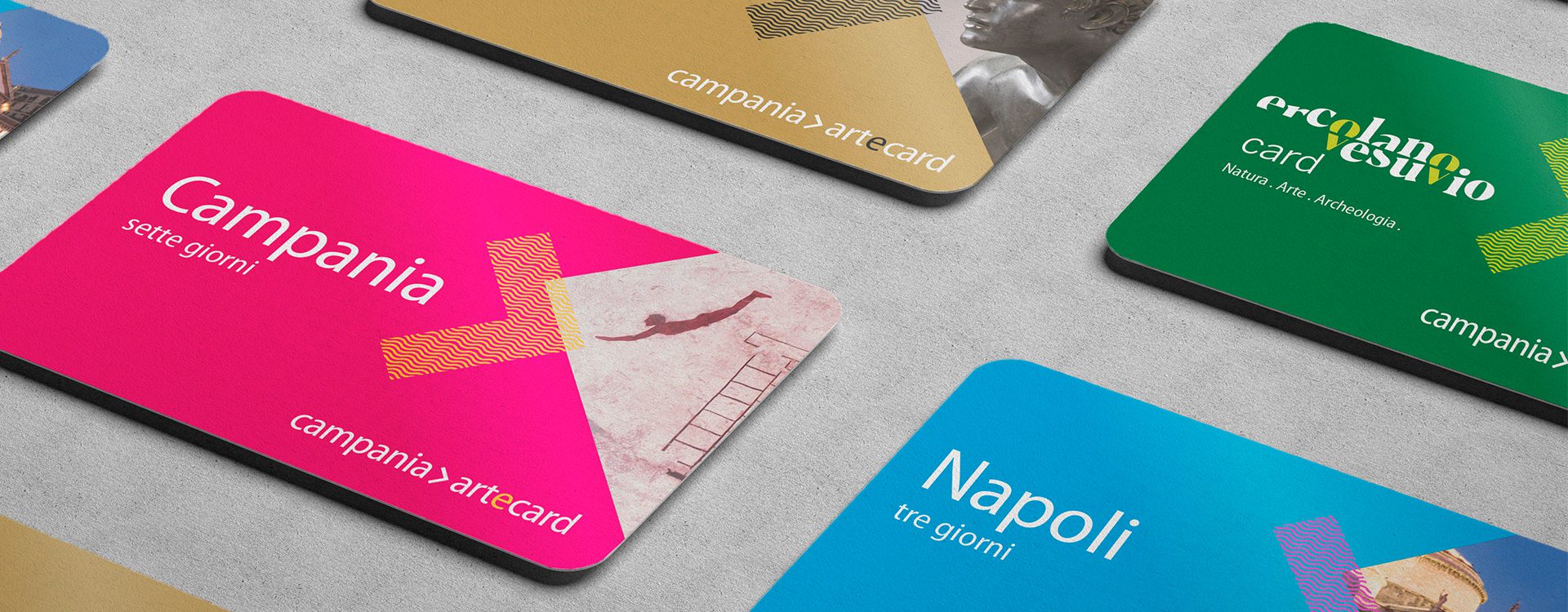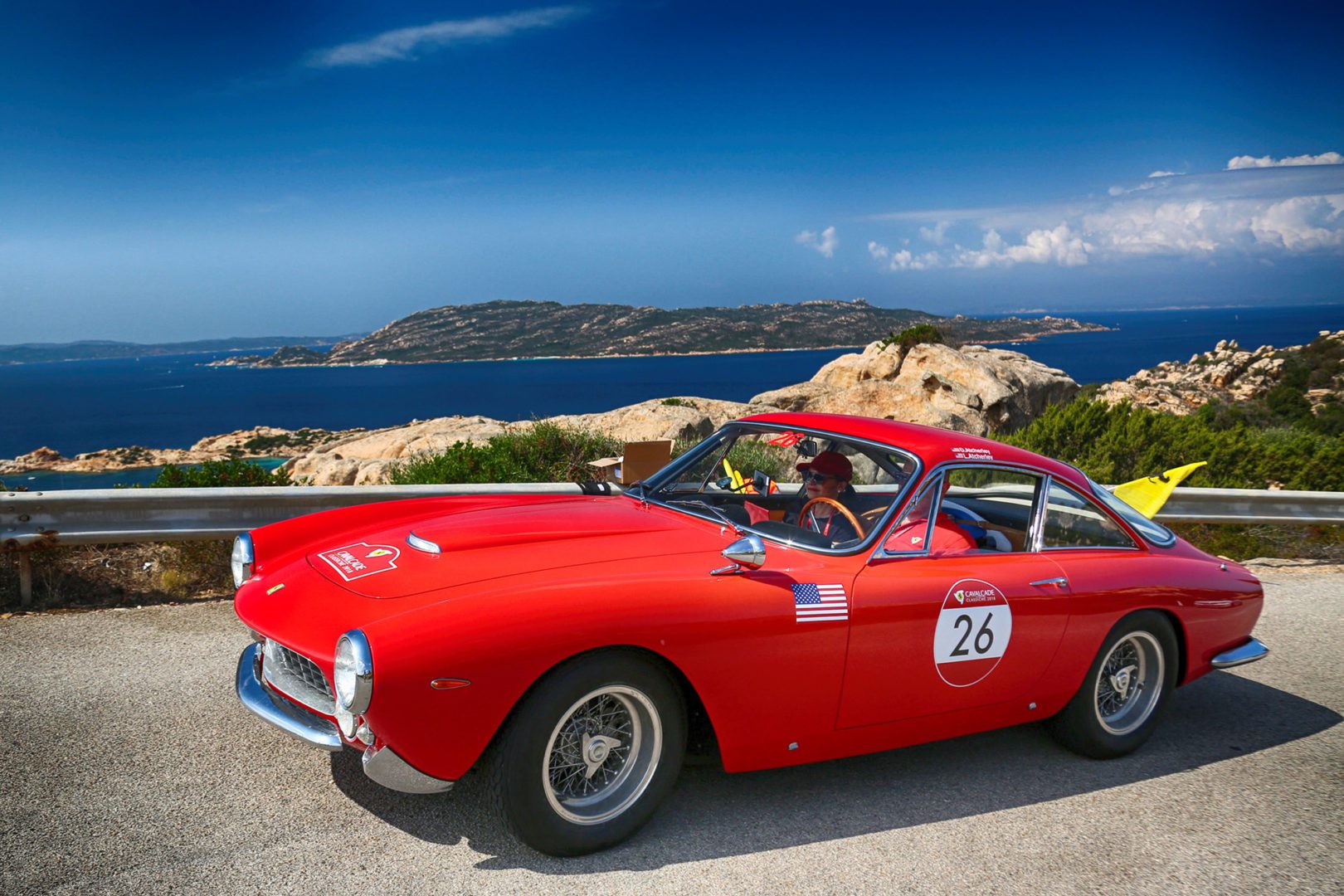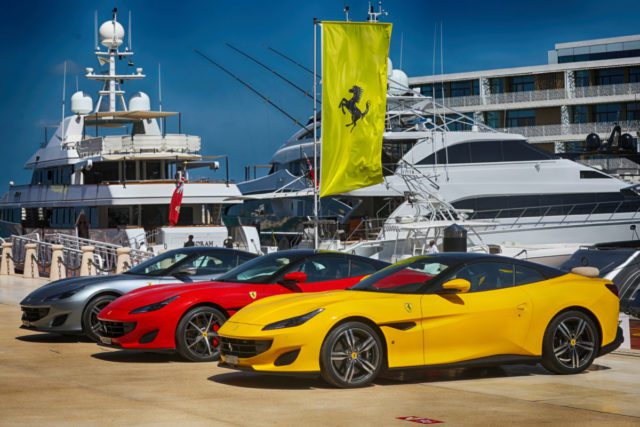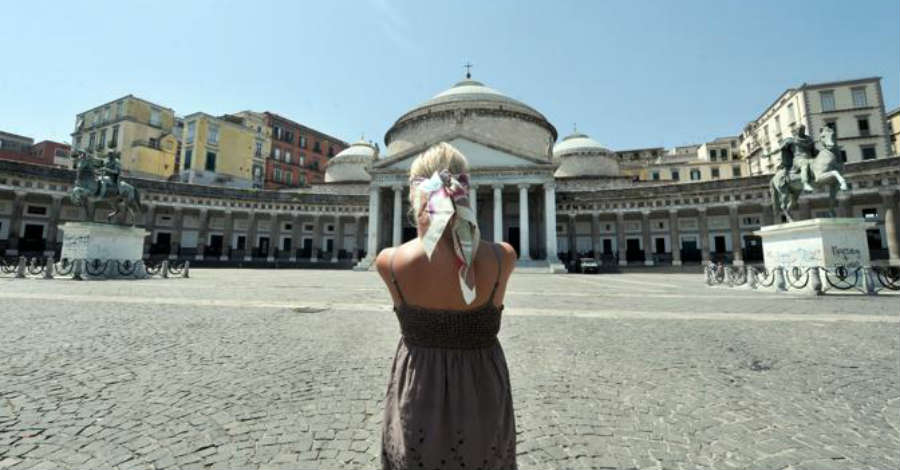Ebook born from the idea of the Italian Airbnb community, contains the stories from hosts of 30 Italian community leaders.
Issued in December 2023 on the occasion of the visit to Italy of Brian Chesky, co-founder and CEO of Airbnb, who received it as a gift during his stay in Milan.
Among the 30 stories you can also read that of Erminio, community leader from Naples, who also tells how the Interno16HolidayHome holiday home was born.
Below is the paragraph dedicated to us:
The excitement for my first guests is still the same.
Erminio, Naples, Campania
My name is Erminio, I’m 45 years old, and I’m from Naples, and this is my story. It all began many years ago when I was just a young traveler in search of adventures. I had recently finished my studies and decided to take a trip across Europe. While I was in Budapest, Hungary, I had the opportunity to meet someone who was sharing an apartment on Airbnb. It was my first experience with this platform, and that person shared with me how wonderful it was to be able to live like a local, away from traditional hotels. This journey left a deep mark on me, and that’s why I continued to use Airbnb in all my subsequent travels. This way of traveling allowed me to connect with the true essence of a place, immerse myself in the local culture, and make new friends along the way. In 2016, my partner and I, with whom I now have two wonderful children, made an important decision. Our first child had recently been born, and we had both worked hard for many years. We decided to slow down our work pace and dedicate ourselves to our family. With our savings, we purchased an apartment in the historic center of Naples to offer it to travelers from around the world. The house had its own unique charm, but it needed significant renovations. What convinced us was our complementarity: I am passionate about cultures and languages, with curiosity and an interest in what is new and different; she is precise, creative, loves order and beauty, and respects spaces. Together, united by the love for our city, we could be a winning team, and we believed in that wholeheartedly. Our home reflects the passion we have always shared, collecting vintage items from the 1960s and 70s, and many of our guests are impressed by the unique environment we have created. I still remember the enthusiasm I felt with the first guests, a theater company that found warm support in our apartment after days of rehearsals, and their gratitude was expressed with an invitation to one of their performances. Since then, my commitment and love for this work have not changed; if anything, they have strengthened. I also remember instances of difficulty with some guests that I always tried to address, thinking of making them feel at home. Like when a family lost a backpack during an outing with all their departure documents, and we immediately mobilized to find it. Everything turned out well in the end, and it was gratifying to receive so much appreciation for our prompt action. Unfortunately, 2020 was a tough year for everyone due to the pandemic. With the tourism sector at a standstill, I started to get involved in local and regional tourism policies. I joined discussions with other citizens and tried to understand how we could address this crisis and plan for the future of tourism in Naples. In 2021, Airbnb noticed my dedicated involvement in the community and chose me to lead the host community in my city. This was an incredible opportunity as it allowed me to actively contribute to enhancing the experience of travelers visiting Naples. Shortly after, Airbnb recognized my commitment not only at the local level but also at the national and European levels. They entrusted me with representing Italian hosts in political discussions with the respective Italian and European governments. This is a significant responsibility, but also a great honor because it allows me to influence tourism policies on a much broader scale. What I love most as an Airbnb traveler is the opportunity to interact with locals, discover and live the local life, and share my experiences with others. At the core of my hosting style are inclusion and professionalism. My aim is to make sure that my guests’ stay is unforgettable, offering them a genuine Neapolitan experience. Naples is a city with a millennia-old cultural and artistic tradition, and my mission is to convey its value. I look to the future with the promise of continuous improvement and the commitment to making tourism more sustainable, both environmentally and socially. I firmly believe in respecting the law and the importance of promoting responsible tourism. Airbnb has given me the opportunity to realize my dream of sharing the beauty of Naples with the world, and I will continue to do so in the best possible way with the support of my family.
